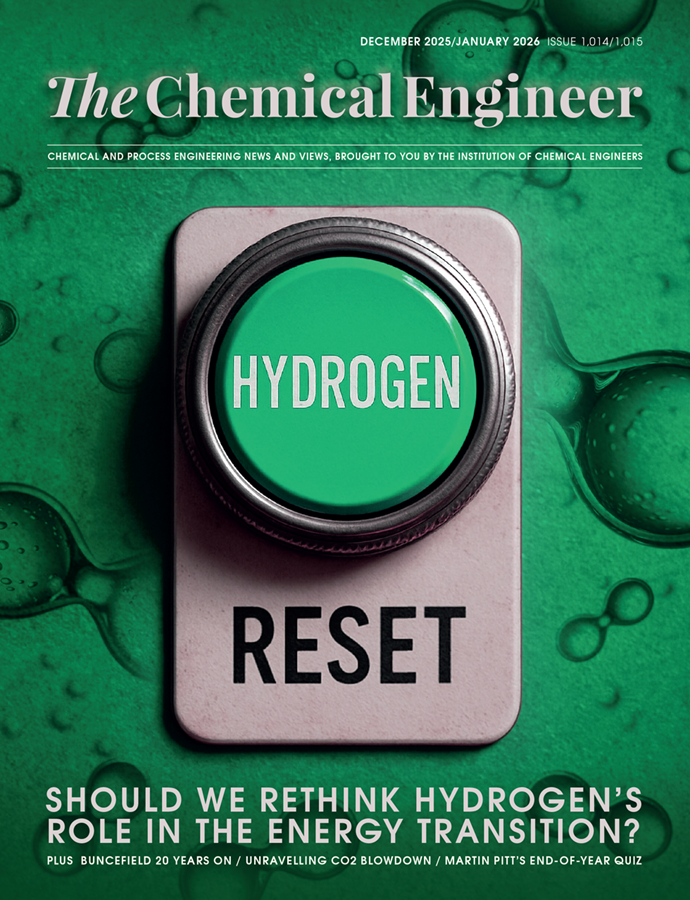Breakthrough in fusion: UKAEA suppresses plasma instabilities in world’s largest spherical tokamak

SCIENTISTS at the UK Atomic Energy Authority (UKAEA) have successfully stabilised plasma instabilities in a spherical tokamak using 3D magnetic coils – marking the first time this technology has ever been applied in a spherical tokamak.
The UKAEA is trialling a range of magnetic technologies to improve the stability and control of plasma containment – an essential component in sustaining a fusion reaction.
To support the design and development of the Spherical Tokamak for Energy Production (STEP) programme, UKAEA has trialled these technologies on the Mega Amp Spherical Tokamak (MAST) Upgrade, the largest operational spherical tokamak in the world.
Plasma instability
Plasma instability – typically caused by fluctuations in current, pressure or density – can disrupt tokamak performance and even damage its components.
Edge Localised Modes (ELMs) are instabilities that occur at the edge of a plasma when turbulence and high pressure in a tokamak cause eruptions that eject hot plasma. If left uncontrolled, ELMs can cause significant damage to the tokamak.
To address this, researchers at the UKAEA used Resonant Magnetic Perturbation (RMP) coils to demonstrate the “complete suppression” of ELMs within the MAST Upgrade tokamak.
RMP coils work by applying a small 3D magnetic field at the plasma edge, but have been found to degrade the confinement of energetic ions.

Fusion innovations
UKAEA has also achieved other recent successes in its trials on the MAST Upgrade, including independently controlling the tokamak plasma exhaust and injecting nitrogen at the plasma edge to ensure even energy distribution.
Earlier this year, the UK committed a record £2.5bn (US$3.3bn) toward fusion energy, with funding allocated across Oxfordshire, Nottinghamshire and Yorkshire. This investment coincides with recent successes by UKAEA and private fusion companies based in the UK.
Tokamak Energy, a spin-off from UKAEA, has recently partnered with US energy and defence company General Atomics to apply its high-temperature superconducting (HTS) magnet technology to a submarine programme. The technology will be used to develop magnetohydrodynamic (MHD) drives for efficient underwater propulsion.
Recent Editions
Catch up on the latest news, views and jobs from The Chemical Engineer. Below are the four latest issues. View a wider selection of the archive from within the Magazine section of this site.




